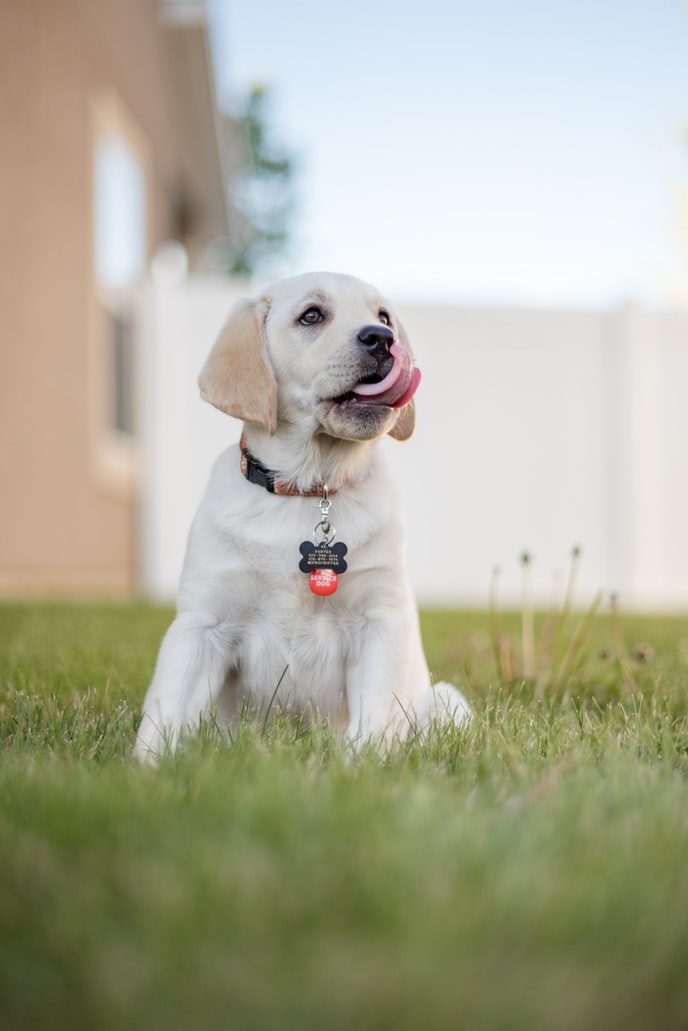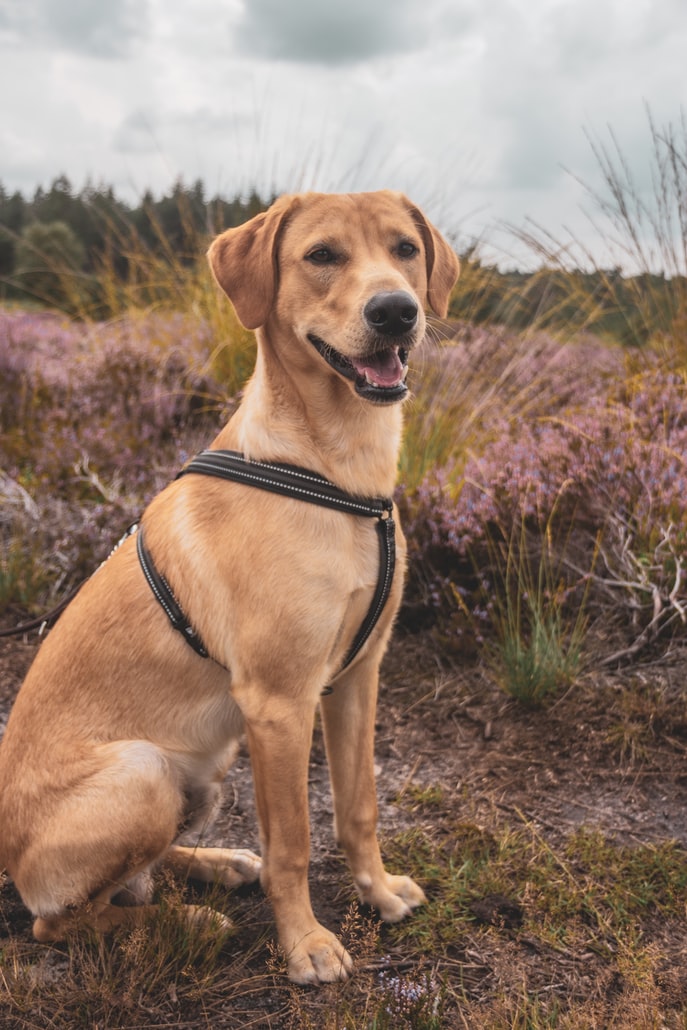When deciding to take a four-legged pet into the house, the owner will have to purchase certain items to care for the dog. These are litter, bowls, toys, and specialty foods or vitamins. But one should not forget that certain ammunition will be required for walking.
On the shelves of veterinary pharmacies and pet stores, there is a wide selection of collars, leashes, and harnesses.
What to choose: harness or collar?
Let's listen to the opinion of experienced dog handlers and consider what breeds of dogs need to use a harness for walking, and for which the best solution would be to purchase a collar.
Pros and cons of collars
Most breeders are convinced that the collar is a versatile harness for all types of dogs. Is it so?
Veterinarians remind you that there are advantages and disadvantages to using a collar. And only a comprehensive assessment of the situation will allow you to select the optimal product model.
The positive aspects of using a collar include:
- Comfortable wearing in the event that a suitable model is selected;
- Practicality. The owner can purchase a product that meets all hygiene requirements;
- A rich palette of shades, a wide selection of materials, an impressive size range, as well as the opportunity to buy a collar that will become an adornment for a miniature dog;
- Full control over your pet, regardless of its temperament. For calm animals, the classic model is enough, and for aggressive individuals, the parts will be the ideal solution;
- Affordable price for the entire model range.
Undoubtedly, a collar has many advantages. But we should not forget about the disadvantages of such a choice:
- There is a high risk of neck injury in pets that are prone to sudden movements and jerking when walking. With a sharp squeezing of the neck, the animal's blood pressure rises, which adversely affects its health;
- With the wrong choice of size or inappropriate fixation of the product, the animal has a deterioration in the coat. On the neck, the wool is wiped with constant wear or with too strong a fixation.
This is important: There is a wide selection of collars, so each owner can choose the optimal model for his pet, taking into account the characteristics of his character and behavior.
When to use collars
Cynologists name several situations when using a collar is more expedient than using a harness. The classic options include:
Training. The collar allows you to work out many commands, making it easier to control the pet's behavior at the time of training;
Control about an animal with a low level of socialization. In public places, such a dog can show aggression or, conversely, get scared and start tearing off the leash. In this case, the best solution would be to use a part of a classic collar, depending on the temperament of the individual.
This is important: Consultation with a dog handler will help you choose the ideal collar model, depending on the characteristics of the character and behavior of the animal.
Pros and cons of harness
It should be understood that the harness is a kind of ammunition. Its prototype is the products used to fix animals in dog sleds. In appearance, it can be described as a set of belts that cover the chest and neck of the pet.
The use of a harness has its positive aspects:
- Versatility. The owner can choose the right product for a dog of any breed, regardless of its size;
- A rich selection of materials, an extensive palette of colors, and an impressive size range;
- Comfort for the pet while walking. The harness does not squeeze the trachea with a sharp jerk and does not cause pain or discomfort when properly sized;
- Uniform load on the spine;
- Possibility of training the musculoskeletal system when using the model with weights.
Dog handlers remind us that the harness has several disadvantages. They must be taken into account when choosing this type of ammunition:
- It is not suitable for permanent wear;
- In long-haired pets, there is a high risk of thinning of the coat in the places where the straps fit, which spoils the appearance of the dog;
- Does not allow full control of the animal while walking. This is especially true for individuals with a lively temperament or aggressive dogs.
This is important: the harness must fit the dog in size and in no case be inconvenient.
The distance between the straps and the skin should be 1-2 fingers, depending on the size of the animal. Only in this case, wearing this type of ammunition will be as comfortable as possible for a four-legged pet.
When to use harnesses
Experienced breeders and dog handlers claim that the use of harnesses is advisable only in a few cases:
- When walking miniature pets. Decorative breeds ( Toy Terriers, Italian Greyhounds, Chihuahuas, etc.) have very delicate cervical vertebrae. Therefore, additional load in the form of a collar, the partial weight of a leash, and a carabiner are contraindicated for them. In addition, the use of a harness allows you to lift a fragile pet in your arms using a leash and without the slightest harm to his health;
- For the work and training of a guide dog. For such animals, collars are not used, but only special harnesses;
- For the work of sled dogs. The only condition is the increased durability of the ammunition and its perfect fit to the dog's figure;
- If the dog belongs to the category of brachiocephalic. These are pugs and bulldogs, as well as animals with a slight difference between the head and neck. For such individuals, the use of a collar will be very difficult. After all, in order to securely fix the dog, you will need to tighten the collar tightly. And this makes breathing difficult and can provoke an increase in pressure and oxygen starvation.
This is important: If the owner has doubts about the choice between a collar or a harness, then the best solution would be to consult an experienced dog handler. The specialist will tell you in what cases the collar will be the most suitable option, and when it is necessary to use only a harness.
We draw a conclusion
When deciding on the purchase of ammunition for walking and training, it is important to remember one simple thing. Do not replace the collar with a harness or harness with a collar in the case of special sports (for sled dogs) or breed characteristics of the pet (miniature animals).
If the animal is constantly pulling on the leash, then the risk of neck injury increases. And you should prefer a harness. But with a large dog and a tendency for aggressive behavior, many experts recommend using a part (strict collar) to wean the pet from a bad habit.
In other cases, you must carefully consider the upbringing of your four-legged friend. Special attention should be paid to the OKD course (general training course).
If the dog is trained and calmly fulfills the basic commands, does not pull the leash, and behaves adequately in public places, then any type of ammunition can be used for walking.
A thoughtful attitude to the upbringing process, as well as an analysis of the character of the dog, will allow the owner to choose the ideal type of ammunition for a comfortable and exciting walk.


